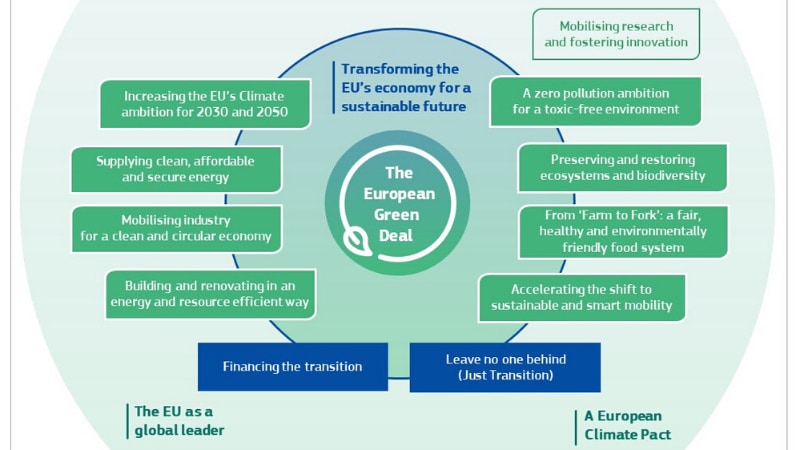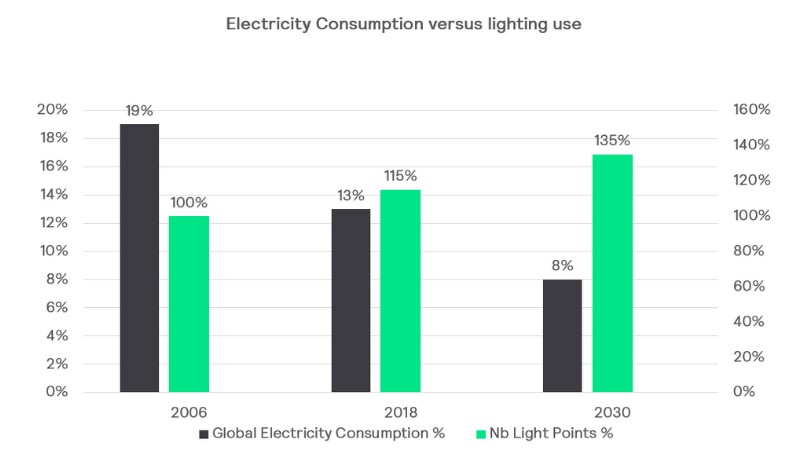March 24, 2020
Choosing sustainability doesn’t mean sacrifice, responsible legislation can actually drive progress
It’s been a grave winter for the health of our planet.
In Madrid, urgent climate talks dissolved into a disappointing stalemate. The public is informed and engaged in a new and promising way but is also more divided. We are close to a tipping point: a point at which the rate of change increases dramatically, and possibly irreversibly, towards a climate catastrophe.
When we talk about the concept of tipping points, we recognize that change isn’t linear – it’s exponential. We see examples of this all too frequently. As the planet warms, Arctic permafrost thaws, releasing methane and carbon dioxide that further accelerates the pace of change. And as the Earth loses more and more of its white, reflective surfaces, the planet more readily absorbs heat.
We’re close to some of nature’s tipping points. Reaching these would have disastrous implications for our planet and our way of life.

But in Europe, a change is coming that could be crucial to containing our carbon emissions and limiting the effects of climate change.
On December 11, 2019, the European Commission announced the European Green Deal, a set of policy initiatives aimed at making this continent carbon neutral by 2050. The European Commission’s president, Ursula von der Leyen, called it Europe’s “man on the moon moment.”
The world’s track record with climate regulation has been patchy at best. So, what’s different about the European Green Deal?

This is an important distinction. When you look more deeply at sustainable solutions, you discover that they aren’t at odds with economic progress. They are, in fact, better in every way. Take LED lighting. It’s more resource-efficient. Less burdensome on the environment. It costs less over a lifetime. And it’s better for people, helping to improve quality of life. It can reduce road traffic accidents, deter crime, make you more productive, contribute to you breathing cleaner air. Who would say no to that?
We’ve said before that as we move into this all-determining decade of climate action, the time for talk is over. The European Green Deal presents a clear and non-negotiable ambition: to be climate neutral by 2050 at the latest.
To get there, we need intermediate milestones too, and that means a cut in emissions of more than half by 2030. This is in line with the recommendation of the Intergovernmental Panel on Climate Change, which advised a reduction of at least 55% by 2030.


What happened? LED reached a tipping point. This successful decoupling of electricity consumption from use of light shows that choosing for sustainability does not need to come at a cost. This is just one example of such a decoupling – there can be many more. If we can achieve energy savings on such a scale across buildings, transportation, industry, our targets will be easily met.
To my mind, the European Green Deal can be our tipping point for good. With its broad scope, it reaches into the areas where we can have the most significant impact, and within these, create further tipping points for good.
It can change the way we approach regulation. It can prove to the world that sustainability and economic growth need not be at odds. And it can be a time we look back on as the moment when we joined together to divert our path to a better and more sustainable trajectory.
Signify (Euronext: LIGHT) is the world leader in lighting for professionals, consumers and the Internet of Things. Our Philips products, Interact systems and data-enabled services, deliver business value and transform life in homes, buildings and public spaces. In 2023, we had sales of EUR 6.7 billion, approximately 32,000 employees and a presence in over 70 countries. We unlock the extraordinary potential of light for brighter lives and a better world. We have been in the Dow Jones Sustainability World Index since our IPO for seven consecutive years and have achieved the EcoVadis Platinum rating for four consecutive years, placing Signify in the top one percent of companies assessed. News from Signify can be found in the Newsroom, on X, LinkedIn and Instagram. Information for investors is located on the Investor Relations page.
